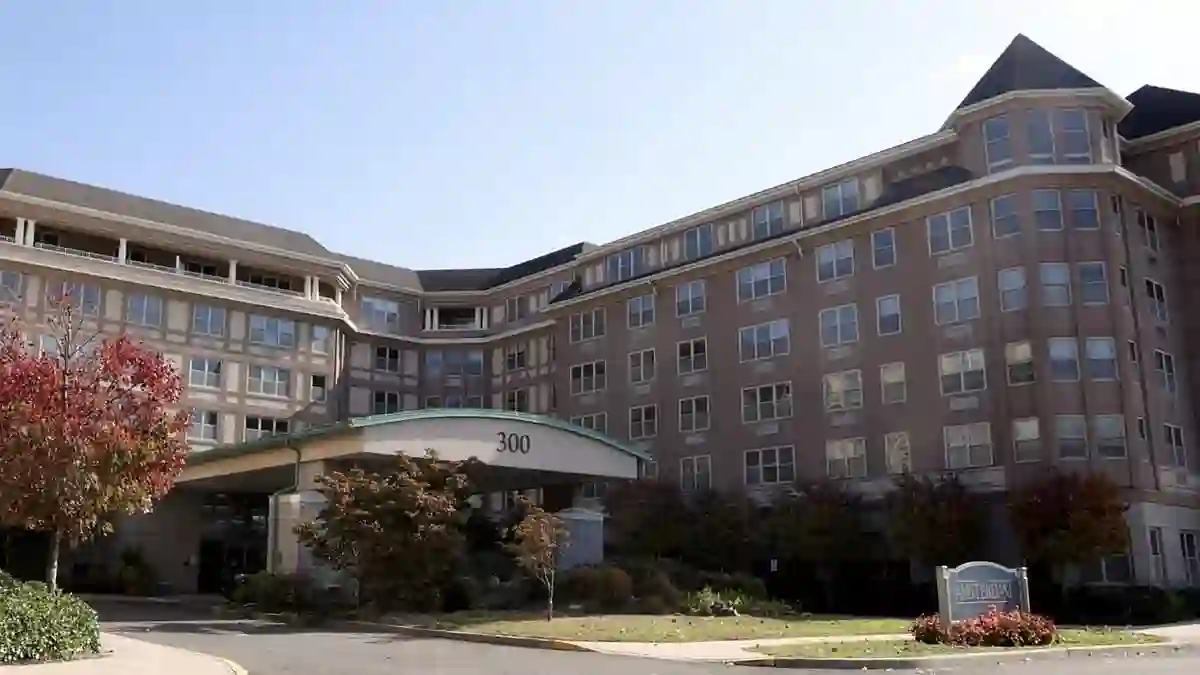For many older Americans, investing in a retirement community feels like buying peace of mind—a promise of comfort, care, and financial security.
But for hundreds of residents at Harborside, a continuing-care retirement community in Port Washington, New York, that promise has been broken.
After filing for bankruptcy, the facility has left its elderly residents and their families grappling with devastating financial losses.
A Costly Entry That Promised Care and Security
To move into Harborside, residents were required to pay hefty entrance fees—ranging from $425,000 to $1.7 million, depending on the level of care and amenities they chose.
These fees were marketed as partially refundable.
If a resident passed away or decided to move out, a portion would be returned either to them or their family.
On top of that, residents paid thousands in monthly fees, banking on long-term access to healthcare and assisted living options as they aged.
Bankruptcy Restructuring Shatters Those Promises
But when Harborside filed for Chapter 11 bankruptcy in late 2023, that financial safety net disappeared.
In bankruptcy court, secured creditors are first in line, and residents—despite their large investments—are left fighting for what little remains.
The harsh reality? Most families will only see about 32% of their entrance fees refunded.
Families Like the Kohens Left With a Fraction
Arlene Kohen, 89, paid nearly $945,000 to move into Harborside, using the proceeds from selling her longtime home in Great Neck.
Her daughter, Beverly Kohen Fried, says the family now expects to receive less than a third of the promised $710,000 refund.
“That’s money I’ll never see,” Beverly told The Wall Street Journal.
Of the 210 current and former Harborside residents, 187 have accepted the Chapter 11 offer, knowing it’s likely the best deal they’ll get.
A History of Financial Trouble
This isn’t the first time Harborside has faced financial turmoil.
The community opened in 2010, in the aftermath of the housing crash, making it difficult for potential residents to sell their homes to afford the entrance fees.
By 2012, only 60% of its independent-living units were filled, and Harborside filed for bankruptcy in 2014.
The facility survived that scare—and a second bankruptcy in 2021 during the pandemic—thanks to bondholders who agreed to restructuring plans.
But in 2022, things took a turn for the worse.
When Care Began to Disappear
After defaulting on its bonds again, Harborside was sold to a new owner who scaled back essential services.
That move devastated many residents who had planned to increase their level of care over time—or who needed immediate help.
Bob and Sandy Curtis were among them.
Sandy needed memory care and had to be relocated in February.
Tragically, she passed away in April at age 85 following a fall.
Bob, now 88, stayed behind at Harborside, clinging to hope of recovering at least $50,000 of the $840,000 he paid in entrance fees.
The remaining $100,000 is tied up in the bankruptcy and could take months—or longer—to appear.
A National Crisis in Senior Living
Harborside is not alone. There are nearly 2,000 senior living communities across the U.S. with similar models, and since March 2020, at least 16 of them have filed for bankruptcy.
According to The Wall Street Journal, those collapses have erased $190 million in savings from around 1,000 families—212 of them at Harborside alone.
For Residents, It’s More Than Just Lost Money
This is about more than bank balances. For seniors, it’s a betrayal of trust.
They invested in these facilities believing they’d found a final home—where their care, dignity, and finances would be protected.
Now, many of them are not only mourning the loss of money, but also grappling with relocation, disrupted care, and uncertainty during a stage of life when stability is everything.



